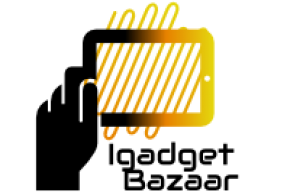 Plastic injection molding is one of the primary processes for making plastic objects. A wide variety of plastic shapes can be achieved at a very low cost through this process, which makes it the best choice for many types of manufacturing. It is often used to make thermoplastic and thermosetting polymer parts for a number of different industries.
Plastic injection molding is one of the primary processes for making plastic objects. A wide variety of plastic shapes can be achieved at a very low cost through this process, which makes it the best choice for many types of manufacturing. It is often used to make thermoplastic and thermosetting polymer parts for a number of different industries.
The Process
Injection molding is an industrial process used to fabricate a wide variety of plastic products. The basic process uses pelletized plastic material that is heated and forced with a screw-type plunger into a mold cavity that has been pre-designed. The material then cools and hardens, taking on the shape of the mold. The molds are made through standard machining processes and more currently, by computer controlled machining. The advantages of the process are its high degree of precision and low cost.
History of Plastic Injection Molding
The industry began in the 1800s, when Jons Jacob Berzilius created the first polymer plastics. Plastics continued to improve throughout the 19th and 20th century. In 1872, John Wesley Hyatt and his brother invented the first injection-molding machine in America. By 1946, the first screw-type injection machine was built, a technique that improved the earlier method that injected material in a sort of large hypodermic needle. The new technique allowed the mixing of material before injection to produce many colours, as well as allowing better control over the injection process. Further improvements in the 1970s allowed complex shapes that cooled very quickly, which permitted much greater flexibility in designs. Improvements have continued to provide greater strength and quality of product, while reducing the cost and weight. The list of products currently made by this process is almost endless and ranges from furniture to mechanical parts.
Considerations in Engineering Molded Products
Engineering a good design can be critical in successful injection molding. Designing in angled surfaces allows easy removal from the mold. The process does not accommodate tight tolerances well. Both thin walls such as for plastic bottling, as well as thick walls for more substantial parts can be achieved. However, uneven wall thicknesses can be a problem to execute. Corners and radii must stay within determined limits. Ribs in the product must be 1/2 to 1/3 of the nominal wall thickness. Excess rib height is discouraged. Weld line locations must be positioned carefully because they are subject to cracking and failure.
Potential Process Problems
Screw turns and back pressure must be set precisely to prevent injection problems. Injection speed is another factor that must be determined carefully. Lower viscosity materials require less pressure than higher viscosity products. Injection speed also affects the shear rate. Cooling time also affects the finished quality of the product.
